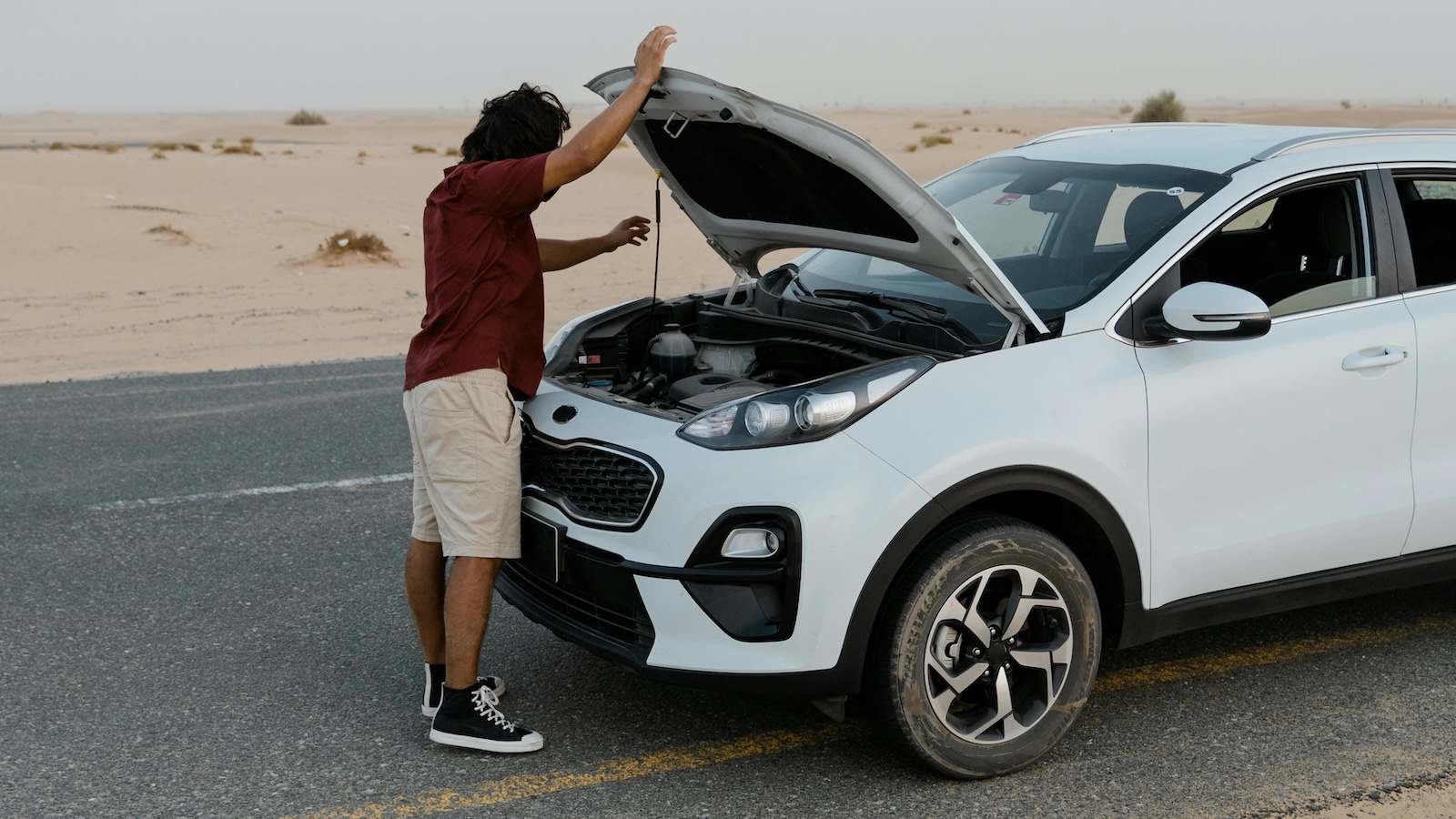While COVID was life-changing for all of us, the pandemic catapulted customers and businesses alike into the digital world, revamping standards for how we engage to conduct business while also creating a universal demand for digitization for almost every aspect of our lives. Some industries were quick to adopt AI and technology into their business models, while the auto insurance industry was a little slower to adopt despite the fact that 79% of customers would trust automotive claims powered entirely by AI.
Those that did adopt early had remarkable success. In fact, 58% of insurers that are already using AI experienced improved business resilience. The customer demand for AI is strong today, and it is time for all insurers and body shops to start thinking differently about their claims and repair processes and how those processes can be revolutionized through implanting AI and VI – Visual Intelligence.
Visual Intelligence (VI) is a form of computer vision (a field of AI) that uses image-processing technology and machine learning algorithms to derive insights from photos and videos. At Solera, we have introduced VI at different touchpoints to help the industry make faster and better decisions about a claim. For example, we use VI to pinpoint damage and itemize a line-item estimate within about three minutes by processing photos and vehicle repair data. In this article, I will refer to AI for the photo estimating process but want to note that all AI solutions are not equal, so a close evaluation of AI estimating capabilities is key to success in leveraging this technology to gain greater efficiencies with an elevated level of estimate accuracy and customer satisfaction.
The current insurance claims processing model is often criticized as being too slow, disconnected and outdated. After experiencing damage or a collision, a customer must call their insurance company to file a claim with a member of the staff, who then sends the claim to the body shop within the insurance company’s network, leaving the administrative work primarily in the hands of the body shop: to contact the vehicle owner, schedule an initial inspection and complete the repair estimate before scheduling the repair. This is the same process that was in place 30 years ago when Direct Repair Programs (DRP) were just getting started. While technology has improved dramatically, especially over recent years, the DRP process has not changed.
Over the last two years, customers of all ages began to leverage digital in new and exciting ways to simplify life, from ordering food to having virtual doctor appointments and ordering a wide variety of personal services. Some even used digital options to buy their next vehicle online for a home delivery. I often refer to the pandemic years as the tipping point for digital, as today customers really do “think digital first.” The question for auto insurers and body shops is, how do we leverage these customer digital first preferences to re-imagine the way insurers and body shops interact and assist customers in creating a more seamless claims and repair experience.
It is clearly time to rethink how auto claims and repairs are processed and ask how the industry can leverage digital tools to improve this process to better service customers and automate many of the manual tasks, which will increase efficiencies and lower operating costs. AI is now an integral part of the customer journey across all industries, and consumers are actively seeking out claims and repair providers that put automation first. 70% of consumers would switch insurers for a faster digital claims experience, while 65% of consumers would choose a repairer using AI to minimize the risk of error in the claims process. In addition to meeting customer demand, AI implementation is also a significant benefit to insurer and body shops as it creates more efficient workflows and requires less employee assistance.
See also: 5 Trends Changing Auto Insurance
From the moment a vehicle sustains damages, the digital journey can begin, with the customer reporting the claim digitally via a customer friendly app or link instead of having to call into an insurance call center where at times hold times can seem long. This can also reduce handoffs in the claims process, simplifying the workflow and reducing the risk of miscommunications. While filing the claim digitally, the customer can also take photos of the vehicle damages and upload them directly through a user-friendly photo app or link to create an AI powered estimate for the body shop that already includes competitively sourced auto parts and AI-generated repair times. Just think, this could allow the body shop to simply review the AI estimate for approval, click a button for parts ordering and call or text the customer with repair date options. The change dramatically reduces the front office admin work while streamlining the process for the customer.
For insurance call centers, leveraging more self-service digital options for customers who prefer digital would reduce the stress on the call center and provide the photos needed to advance the auto repair quickly, freeing staff to handle the more complex losses. Data capabilities available today can quickly auto-populate claims forms with data, speeding up the processing time and improving accuracy to create a better experience for customers, while AI technology can produce an intelligent estimate of the damages, including the needed parts through the photos provided by the customer. Additionally, transforming the insurer and shop relationship can open greater repair capacity. Not only can insurers work with DRP shops, but with today’s technology customers will have more freedom of choice in selecting a non-DRP body shop as insurers can electronically pre-approve shops outside the DRP that accept the AI repair estimate and have the equipment and skills necessary to complete quality repairs.
AI leveraging the deep learning of Visual Intelligence is already at work across the industry, and insurers that have chosen to move forward in their digital journeys have already met strong success. 55% of customers surveyed said they have taken digital pictures of their vehicle damages and submitted them to the insurer to speed the claims process, and 100% of insurers were planning to invest in AI insurtech software in the next 12 months. Body shops have also leaned into AI to deliver on digital objectives, and 52% experienced improved profitability after adopting more technological process. With demand for AI on all sides, the insurance industry’s digital journey is already beginning, and it’s clear that the future of claims is an AI-powered touchless or low-touch experience.
While highly automated digital auto claims and repair process will take a lot of thought and planning along with the expertise of a top software provider, the impact will be off the chart with high customer satisfaction, lower body shop administration cost and increased repair capacity, which will lower repair cycle times. The benefits to adopting digital with a well-planned process are truly off the chart, and this is the future for the auto insurance and repair industry. The big question is: Is our auto insurance and repair industry ready to leap into the future and adopt the full benefits of an AI-powered digital claims process?








